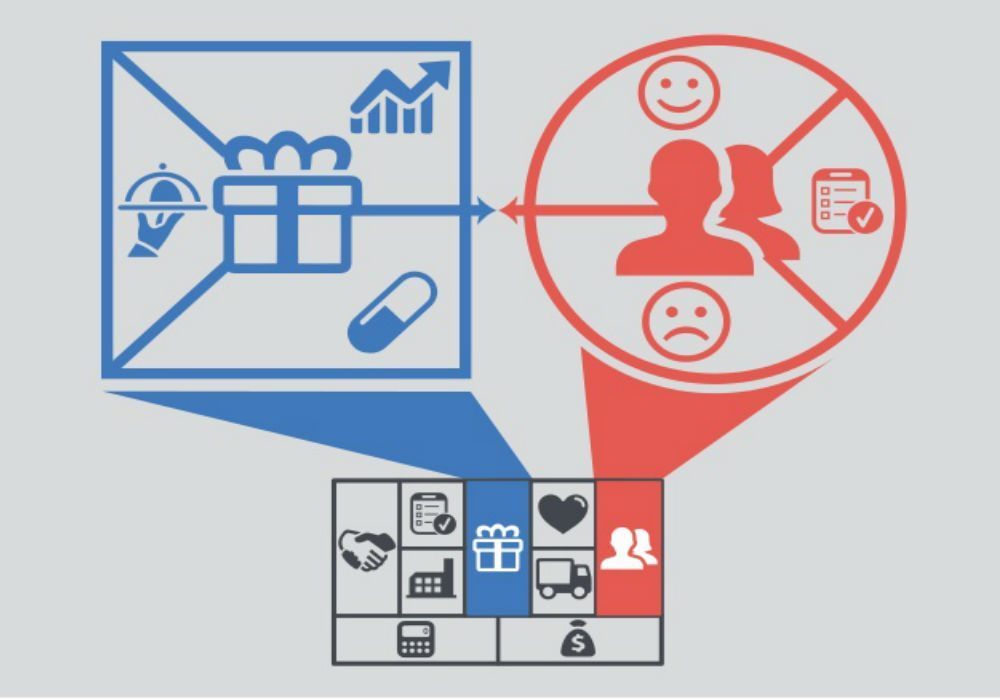
Every stage in a startup’s journey has its unique challenges. However, one of the earliest and the hardest tests for any startup is finding the initial product/market fit. The number one reason why eight out of 10 startups do not survive is that they could not find a product market fit — a good market for the product they were planning to sell.
There is a lot written about the theory of what product/market fit is. Here is the most standard definition (Wikipedia):
Product/market fit means being in a good market with a product that can satisfy that market.
At my startup AppDynamics, it took us 15 months and multiple pivots to find our product/market fit and ship a good v1 product. But once we achieved that, it allowed us to grow rapidly into a fast-growing “unicorn” company.
I am not going to write about the theory of product/market fit but rather a few practical lessons I learned in my journey to find that fit. As a 20-something-year-old engineer turned first-time startup founder, I wish I had known these lessons beforehand. (These learnings are from my perspective as founder/CEO of a startup, but many of them are also applicable if you are a product manager/owner leading a startup initiative inside a larger company.)
#1: You cannot delegate product/market fit
For an early-stage company, everything rests on the ability to get a viable product to market before you run out of cash. Don’t let anyone else tell you they can do this for you. A founder must be on the frontline with potential customers, gathering and synthesizing the feedback that is so critical to nailing product/market fit. Relying on a marketing or sales person early-on for product/market fit will not work. At the most, they can help set meetings and find customers to talk to. But as a founder, most likely you started the company because you had deep domain expertise and a unique insight and idea to solve a problem you recognized. No one is better equipped than you to refine that unique insight into a successful product.
I initially tried to delegate the customer conversations so that I could focus on building the product. I soon realized that just doesn’t work. I cannot build the best product, can’t pivot fast enough, can’t make the right choices if I was not involved myself in the conversations with customers as a founder. If you think that is something you do not want to do, make sure to have a co-founder who will do that, and find the right co-founder before you start.
# 2: The myth of the Rolodex
The best way to find the product/market fit is to talk to a lot of customers. However, the biggest practical challenge every startup faces is how do you find those customers, as a startup with a handful of engineers and in many cases no product to show yet. At AppDynamics, we talked to dozens of prospective customers, and our earliest paying customers were companies like Priceline, Netflix, and Electronic Arts. Many people ask me how did we find them, did our investors introduce us to them? That is what I call the myth of the Rolodex.
Your investors and other stakeholders will promise you access to their contacts — their Rolodexes. By all means, vet those and take advantage of relationships where they make sense. However, first, you will soon run out of them, and if you only rely on them, you are going to struggle. Second, just because you can get to someone through those contacts, it does not mean you should. You want to find customers to validate your product for an ideal market, rather than for a less than ideal market just because it was easier to get access to customers there. I have seen that simple but fatal mistake by some startups whose ideal target market was large enterprise businesses — but they ended up building a product better suited for small businesses because those customers were the only ones they could easily reach during the customer validation phase.
The sooner you learn to find your future customers yourself as a company, the better off you will be. It can be reaching out to people on LinkedIn (worked the best for me and resulted in most of our earliest paying customers) or hiring an early salesperson or releasing a free version of the product to attract early users.
#3: Be wary of “nice” feedback
One surprise learning for me was that generally speaking, customers are nice; especially when talking to company founders who are usually brimming with enthusiasm and excitement for their product. It felt great when I would ask, “Do you like what we are doing ?” and the answer was mostly a “Yes,” but soon I learned that I was not getting the critical and constructive feedback I needed. I remember the very first customer visit I had was with some of the large banks in New York. The meetings went very well. I came back and told my team about the great meetings we had and how interested they were in our product, but the problem was those customers would not return my follow-up emails and calls. I realized they were too “nice” to say to my face that they did not find what we were doing relevant for them.
Soon I started asking a better question—“would you buy it?” I got better feedback, but still not enough. Then, I zeroed in on what worked the best—“How would you make the business case to your boss to pay for it?” That was where I started getting the critical feedback I needed to be on the right path to our product/market fit.
#4: Include engineers early in the customer validation process
During the product/market validation process, your product will go through multiple iterations of the features and design, and your success will depend on your team’s ability to make changes based on customer feedback very rapidly.
I remember there was a product capability one of our engineers had put great effort into, but once we started showing it to customers, the feedback was not good and we needed to redo it entirely. Understandably so, that engineer was not happy, and the only way I could convince him quickly was to put him in front of those customers directly. As you may know, you can’t tell good engineers what to do; you have to convince them why something is necessary. And the sooner you can convince them, the faster you can move. Over time we realized, it is much more productive to encourage our engineers to listen into as many customer conversations as possible. That not only made our team in tune with customer needs but also ingrained an engineering culture focused on solving the needs of the customers first and foremost.
#5: Product/market fit is more than product features — don’t forget the business case!
For many technology-oriented founders, many times it is easy to focus mostly on what features and functionality the market wants and think about the target customer segment, the go-to-market strategy, and the pricing afterwards. That is a big mistake, don’t do that. You may end up redesigning key parts of your product to fit the go-to-market strategy later on. That can slow you down significantly even after you think you have a product/market fit. For example, if you are going to have a freemium model, your product has to be designed from very early on to support that. Similarly, if your target market requires an on-premise deployment option in addition to cloud, you have to think through that early on in your architecture choices.
At AppDynamics, we made that mistake for one of our follow-on products. We focused on building the most differentiated functionality, and the most scalability in the architecture. Customers loved the product in trials, and we thought we had a great product/market fit. But when we sold to the first few customers, we realized our cost of storing that data was completely in misalignment with the price the market was willing to pay. That was after we thought we had a great product/market fit validation and we had hired many salespeople to sell that product.
What did we forget? We were not attentive enough to the business case we had been asking customers about from the start. It took us many months to re-do the architecture. But in the end, we got our product/market fit right, and that was absolutely critical to our ability to take the next step and scale up sales.
Good luck in your journey to find the product/market fit!
This post first appeared on LinkedIn and has been reproduced with permission.


























